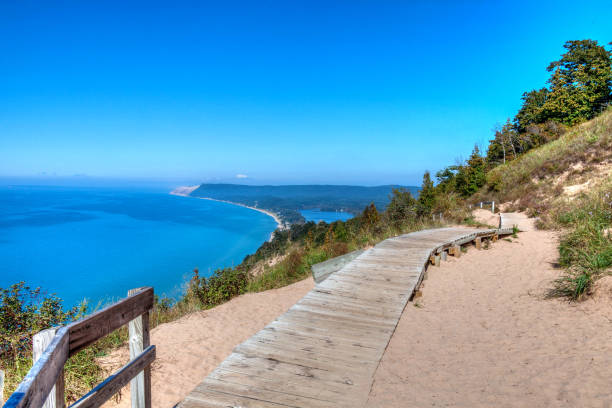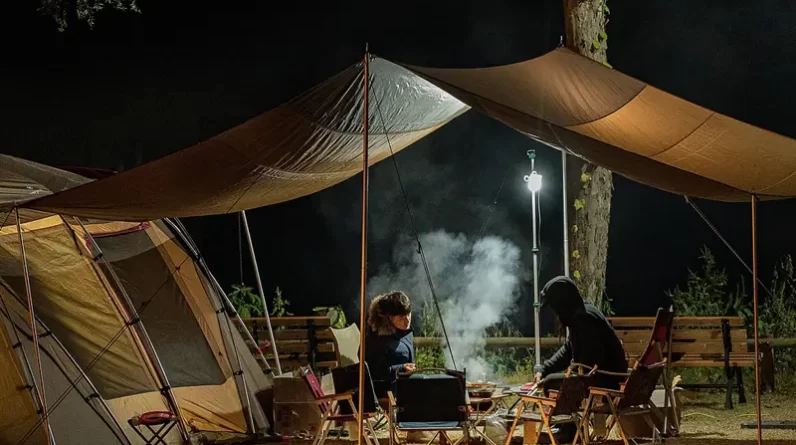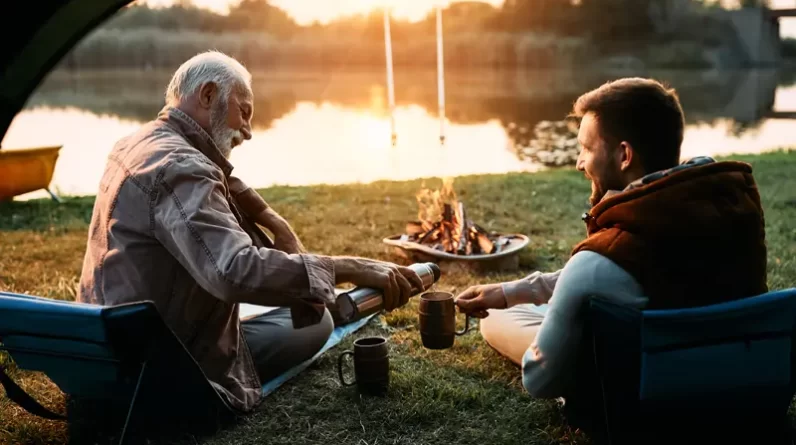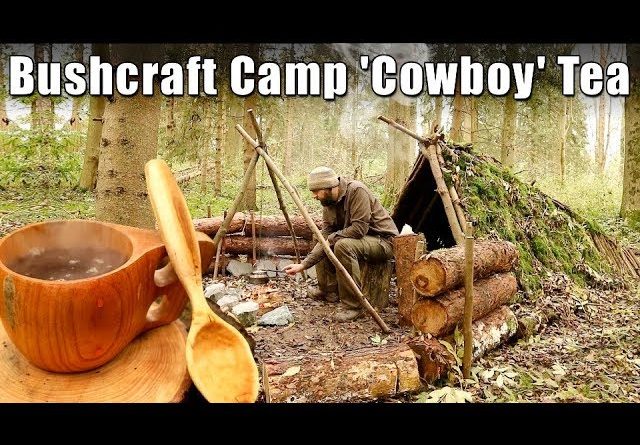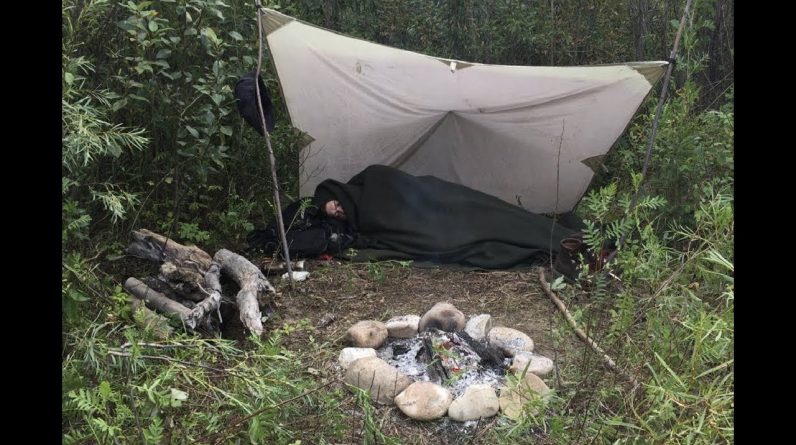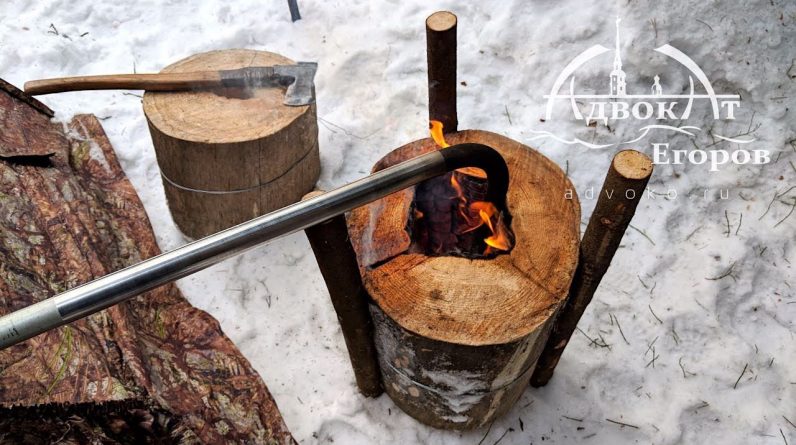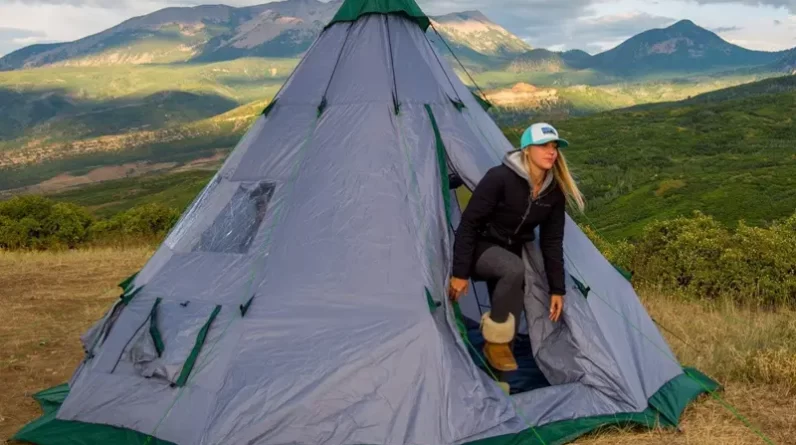
Camping is a favorite pastime for many, offering an escape from the hustle and bustle of city life and a chance to reconnect with nature. One of the most essential pieces of camping equipment is undoubtedly the tent. With a myriad of options available, choosing the right one can be a daunting task. In this article, we will explore the ten most commonly used tents for camping, along with their pros and cons.
1. Ridge/A-Frame Tents
Ridge or A-Frame tents are one of the most traditional types of tents. Their simple design, reminiscent of a classic house shape, has been used for centuries.
Pros: These tents are generally lightweight, easy to set up, and provide a remarkable interior space. They are also typically less expensive than more complex designs.
Cons: The A-Frame design offers less stability in high winds than other tent types. Also, the living and storage space can be limited, making them less suitable for long camping trips.
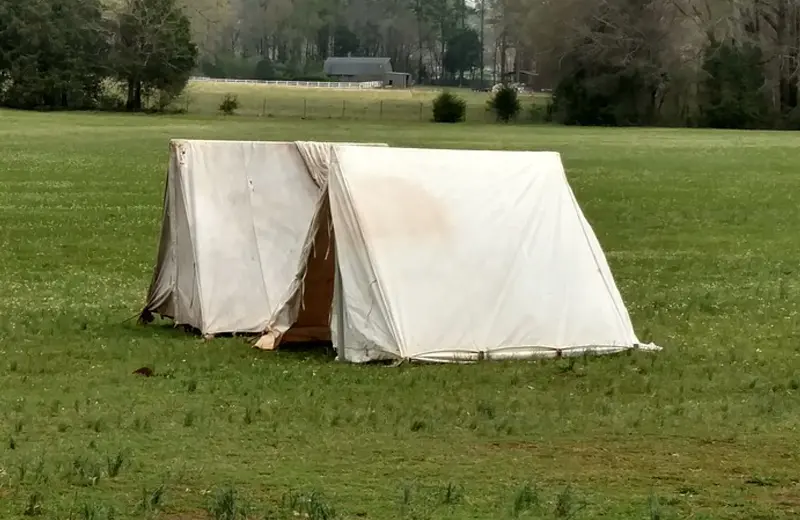
2. Dome Tents
Dome tents are popular due to their stability and the headroom they provide. They are ideal for backpackers or short family camping trips.
Pros: Dome tents are relatively easy to set up, offer good headroom, and are pretty stable due to their rounded design. They are also typically lightweight, making them easy to carry on backpacking trips.
Cons: While they offer much vertical space, the livable floor space can sometimes be limited. They may also be less stable in extreme weather conditions than other designs.
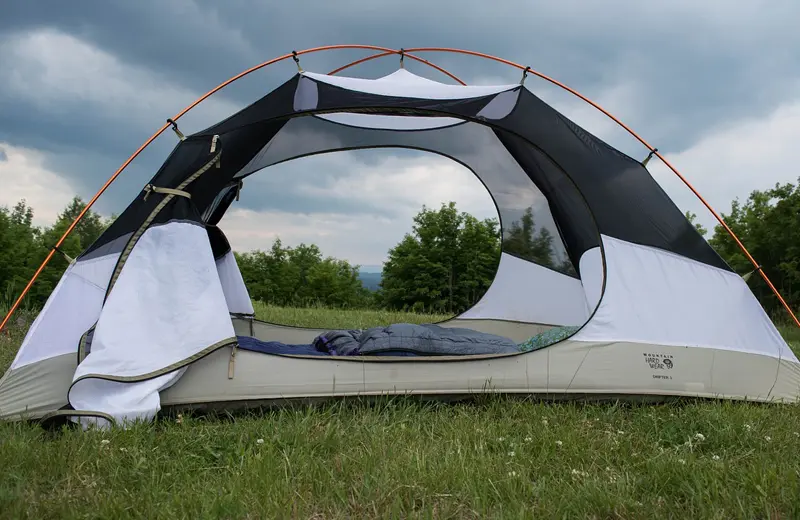
3. Tunnel Tents
Families and groups favor tunnel tents due to a large amount of living space and headroom they offer.
Pros: Tunnel tents are spacious with a high ceiling, making them comfortable for extended stays. They also usually have separate sleeping compartments, offering some privacy.
Cons: These tents can be more complex and time-consuming to set up. They also require more space to pitch and may only be as stable in high winds with proper guying.
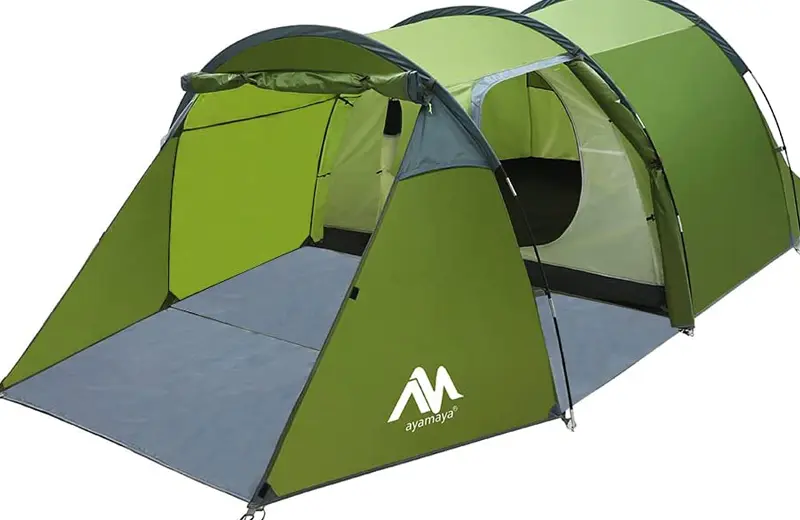
4. Geodesic and Semi-Geodesic Tents
These are the go-to tents for expeditions and are used in extreme weather conditions due to their stability and strength.
Pros: These tents are extremely stable and designed to withstand harsh weather conditions. They also offer a good amount of space and are often used for longer camping trips.
Cons: Geodesic and semi-geodesic tents can be heavier and more challenging to set up than other types. They are also typically more expensive due to their robust construction.
5. Pop-up Tents
Pop-up tents are commonly used for festivals or quick trips due to their ease of setup.
Pros: The main advantage of pop-up tents is that they are incredibly quick and easy to set up. They are also usually lightweight and portable.
Cons: Pop-up tents may offer less space or durability than other types. There are also better choices for harsh weather conditions.
6. Backpacking Tents
These are designed to be lightweight and compact, making them a common choice for backpackers and hikers.
Pros: Backpacking tents are lightweight and designed to be carried long distances. They are also usually quick to set up.
Cons: Due to their lightweight design, they may not be as durable or spacious as other types of tents. They are also typically designed for only one or two people.
7. Cabin Tents
Cabin tents are popular for family camping trips as they offer plenty of space and often have separate rooms.
Pros: Cabin tents are spacious and tall enough to stand in, making them comfortable for extended stays. They often have separate rooms, providing some privacy.
Cons: These tents can be heavy and may take longer to set up. They also require ample camping space and may need to be more stable in high winds.
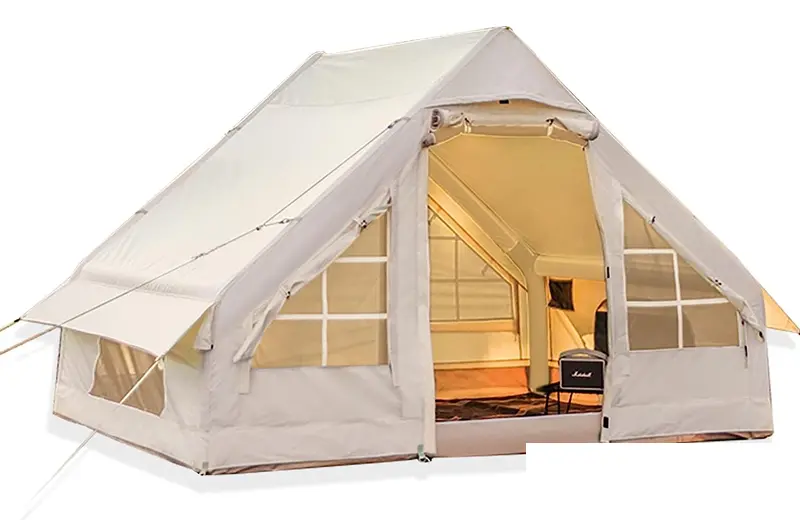
8. Bell Tents
Bell tents are commonly used for glamping (glamorous camping) due to their large size and the ability to stand up fully inside.
Pros: Bell tents offer a lot of space and height, making them very comfortable. They also have a unique and attractive design.
Cons: These tents can be heavy and bulky, making them less portable. They also take longer to set up and are typically more expensive than other types of tents.
9. Beach Tents
Beach tents are commonly used in summer for day trips to the beach to provide shade and UV protection.
Pros: Beach tents are lightweight, easy to set up, and designed to provide shade. They are also usually designed for good airflow, keeping the interior cool.
Cons: These tents are not designed for sleeping and offer little protection from the wind or rain. They are also typically smaller than camping tents.
10. Bivy Tents
Bivy tents are commonly used by solo backpackers or mountaineers who need a lightweight, simple shelter.
Pros: Bivy tents are incredibly lightweight and compact, making them easy to carry. They are also quick to set up and take down.
Cons: These tents are tiny and offer little space for movement or storage. They are also not suitable for more than one person.
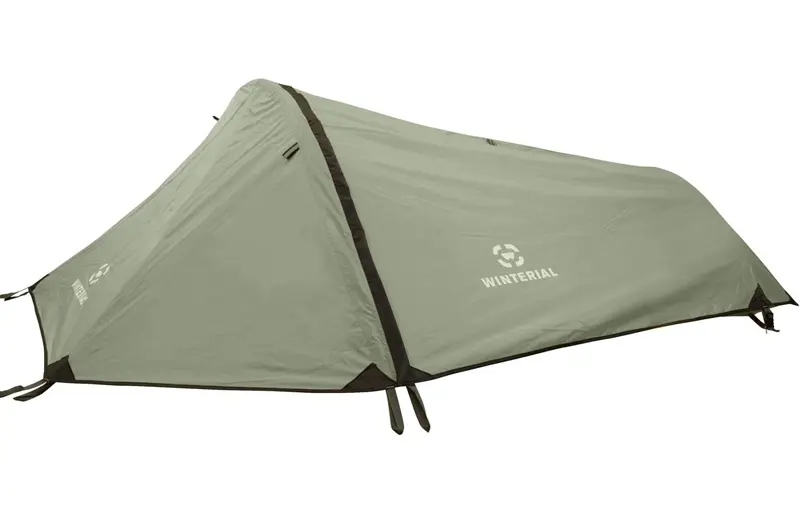
In conclusion, the type of tent that will best suit your needs depends on various factors such as the number of people camping, the location, the weather conditions, and the length of your stay. By understanding the pros and cons of each type of tent, you can make an informed decision and choose the best tent for your next camping adventure.

Bart Humes, our editor, is a seasoned camping and survival enthusiast from Colorado. With expert knowledge in orienteering, fire-starting, and wilderness first aid, Bart’s passion and skills make him a master of the great outdoors.


